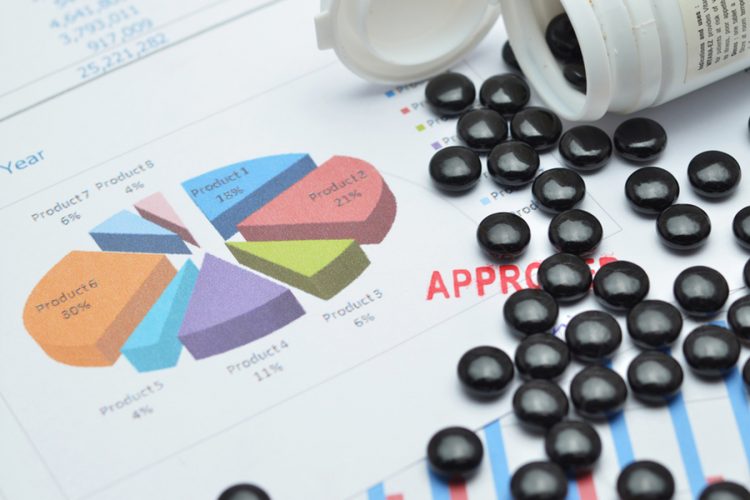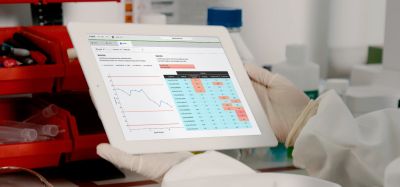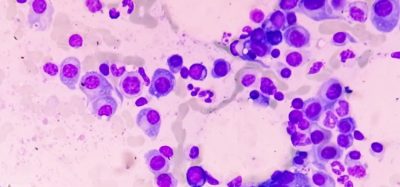Report identifies two-tier pharmaceuticals market
Posted: 10 August 2017 | Dr Zara Kassam (European Pharmaceutical Review) | No comments yet
A report released has identified a two-tier manufacturing market and forecast increased acquisitions by Indian companies…


A report has identified a two-tier manufacturing market and forecast increased acquisitions by Indian companies, along with a notable improvement in the international reputation of Indian made pharmaceuticals, but perhaps most dramatically, a large majority of domestic companies called for urgent government support to invest in active pharmaceutical ingredient (API) sites.
Key findings
The report, which consolidated opinions from 500 domestic and international companies, identified four main areas Indian pharma companies are investing in – with 50% raising funds this year for commercial scale and scale-up facilities; around one third for continuous processing; and just over 20% each in both biologics and aseptic/sterile. Over the next three-years, however, the number of companies planning to invest in biomanufacturing facilities rises to one third. It’s notable that the more expensive facilities and capabilities needed for continuous processing and biomanufacturing are being added to India’s traditional base of commercial-scale finished-product facilities.
Over the next one to three years, 36% of Indian pharma companies are planning acquisitions; 20% are looking at facilities in the USA and Europe, with 7% exploring options in the rest of the world. Domestic acquisitions also point towards a scramble amongst many small and medium-sized enterprises for greater size and scale, with some 25% also looking at facilities within India itself.
The report also highlighted that the international reputation of the country on data integrity has also improved massively; 96% agree that the Central Drugs Standard Control Organisation (CDSCO) certification programmes and initiatives are helping increase compliance. Even more impressive is the fact that 52% of international respondents believed the CDSCO is moving toward comparability with the regulatory standards of the European Medicines Aagency (EMA) and Food and Drugs Administration (FDA).
Major concerns
A major concern highlighted amongst domestic companies (86%) was an over reliance on Chinese ingredients within the finished formulations sector. In fact, the majority of domestic companies (81%) believe that the Indian government needs to urgently invest in domestic API facilities and provide tax-breaks and incentives to secure the Indian generics industry and prevent losses in market share.
Chief amongst the growth drivers reported are strong domestic sales in the next 2-3 years, generic APIs exports, as well as finished formulation for developed markets. Finally, 41% of international respondents believed that more biologic alliances – similar to the Mylan-Bocon partnership – may develop between India and the West in the future, with 30% believing these will proliferate in the next three to five years.
One interesting perspective on the India finished dosage sector – well known as the world’s leading exporter – is the identification of a two-tier system, with business models targeting different types of foreign market.
The first type is targeting predominately the Western pharma economies, consisting mainly of the United States and Europe. In this market, India is a prime provider of complex generics, branded drugs/OTC, and biosimilars due to its cost-efficient and high-quality products. Larger pharma companies are now looking beyond these two Western markets and expanding into Japan, as generic use is forecast to expand rapidly – after many years of largely on-patent drugs – yielding greater profit opportunities.
On the other hand, India’s smaller and medium sized pharma companies have focused on developing countries as their export market; in particular, on high-volume, low-margin generic products. Consolidation amongst these providers is highly likely as they try and progress-up the value chain, and move into formulations with greater margins – companies also require a certain size and financial flexibility to invest in the newer types of products coming into the market.
Finally, the report argued the biosimilars and biologic sector is now the hotbed of national innovation, and will see well above-market growth in India. With more biologics coming off-patent in the near future, there is a growing opportunity for pharma companies to make increased profits via biosimilars with interchangeable standards.
Related topics
Aseptic Processing, Biopharmaceuticals, Bioprocessing, Excipients, Generics, Ingredients
Related organisations
CPhI, European Medicines Agency (EMA), U.S. Food and Drug Administration (FDA)









